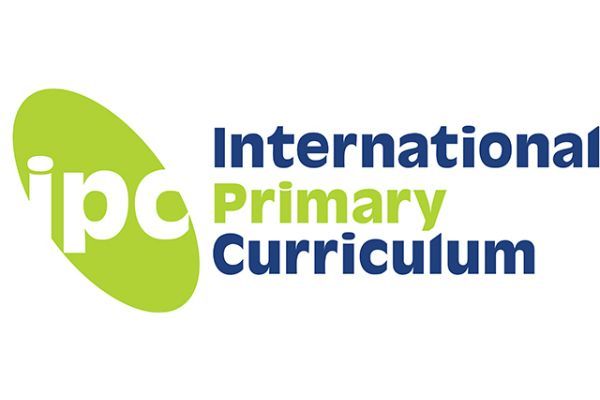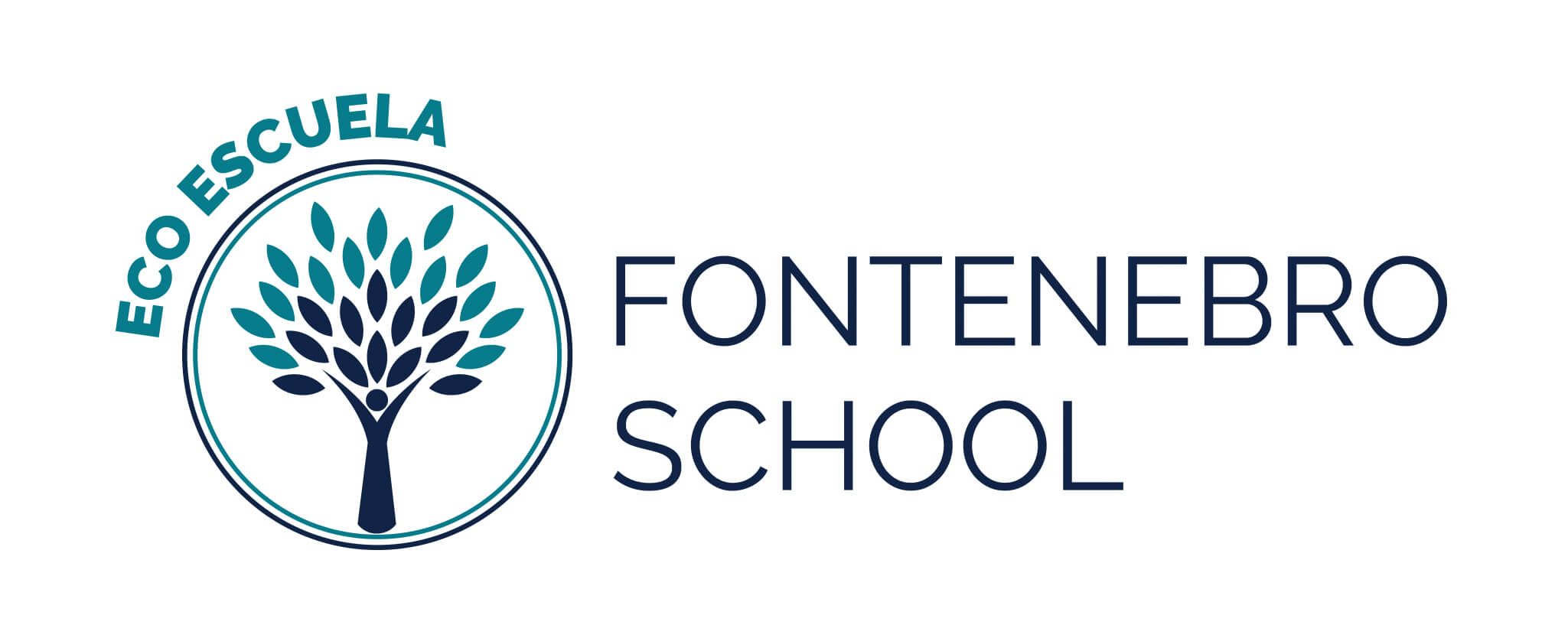Reading with Young Children: A Guide for Parents & Practitioners
Why could a guide be helpful?
During my years as a Learning Assistant, I have spent many hours helping young children to read, from learning phonic sounds through to blending and fluent reading.
I´ll give you some tecnical tips but I also wish to talk only about other aspects of learning to read which we should take into consideration. when we accompany a young child through this process. We must remember that our role to ensure that it be an effective and enjoyable experience for the child. After all, reading is necessary for forming many life skills and should be nurtured.
Think about where to sit.
Choose a place with enough natural or artificial light and avoid eye strain.
We can all see what we are doing much better if we have good light.
Remember that just as an adult needs to be comfortable to read, so does a child.
Think about how to sit.
Your posture and position in relation to the child is important.
Try to sit next to and at the same level. Even allow them to sit higher than you.
If you are higher than the child, you´ll be more imposing, and also probably end up putting your arm in front of the childs face whilst trying to help them.
Take into account whether they are left or right handed. They´ll naturally turn the book as they use their finger to follow the words. Make sure you leave them space to do so.
An effective way to sit
The child will need to feel that they are supported.
When you are helping a child to read, they´ll need to be able to relate to you, know you are there to help them, and need to be able to ask you for help quickly and easily, even if only with a glance.
Look for a quiet place
If the child is already a fluent reader, it may not be so important to be sitting in a quiet place, and they will not need to be alone or away from noise.
However, this is advice for beginners, who are still trying to use their memory, reaching back on their catalogue of letter images, and matching them to their archives of sounds which they have learnt. They are effectively doing a puzzle in their head and they are unlikely yet to be fluent speakers in the second language either. Until repetition of blending the sounds in order to read a word establishes sufficient memory, the translation is not inmediate, a puzzle is being done every time. Try to make sure that another language cannot be heard in the background.
Never rush a Young Reader
With emergent readers, that is, children learning to read by blending, ask them to move their OWN finger slowly under the letters as they make the sounds. You could do it for them but it sinks in better if their are making that hand, eye, brain connection.
Also, pointing out the letters and words to themselves helps children to keep in mind that written words represent spoken words.
Avoid Nerves
To avoid a nervous child when reading, we need to be patient. Remember that reading at an early age is problem solving, and those skills improve with practice and over time. Feeling that there isn´t time to work it out and getting stressed about not being able to give the right answer quickly enough for the adult, only creates instant mental blockage.
It´s not necessary to finish the book or even half, quality is better than quantity in the beginning.
Encouragement
The little one at your side will be referring to your face a lot, either reading your lips or looking for reassurance. It is SO IMPORTANT TO SMILE (even with a mask eyes and tone of voice say a lot). Say encouraging things like GOOD, YES! PERFECT! WOW, you see, you CAN do it!
Do this WHILST they are reading, not only afterwards. Experience has shown me that far from interrupting, it will drive them on, like saying to a child or an adult who is struggling to run a race that they are almost there and are capable of doing more than they had thought.. Congratulations after they have finished is great but on-going happy expressions and comments is what will help them to reach success!
Celebrate every small success
As mentioned, children will look at you when they have doubts, even when saying each sound. You can give a huge confidence boost by making sure that you use a positive: Tone of voice, and Body Language, even fun gestures of celebration, have a laugh, make a clap.
Make sure that corrections are made with helpful suggestions as to how they can solve that problem themselves next time, because without having a solution, the memory which will remains with them is simply that they couldn´t do it, and they will be less likely to try again.
Why is it helpful to point to the words?
If the child uses their finger to point at the letters whilst they read, they will find it easier to maintan their concentration. If their attention is drawn away for an instant, the finger remains under the last word, and the child can look down and resume from where they left off.
Also it´s a reminder of the correct direction in which not only reading but writing should be done.
How can I help them to blend?
It works like this: using a 4 letter word as an example, “spot”
Ask the child to point to and say the phonic sound “s”. If they don´t move their finger to the next sound, move it for them until its under the “p” and as them to say the sound. Now move their finger back to the beginning and say “now put them together”…..”sp”. When you do ths, cover the “ot” with a piece of paper so they only look at the “sp”.
Do the same with “ot”. Then move their finger back to the beginning and say “put them together”.
“Spot”. Repeat the word to the child in a natural, flowing way so that they can hear it, and they will probably copy you.
Helping to blend continued…
Sometimes this will work first time but we shouldn´t continue too long. If it doesn´t click, just give praise for the effort and move on. There will be another chance.
You can also use a pencil with more confident readers if they are destracted, to bring the children´s attention back to missed sounds or to the beginning of the word to show the process of blending the sounds.
Using the finger to point is an essential aid for children learning to read but once they are fluent, it will no longer be necessary, and will actually slow them down. This is something which you will spot when you are with them and is individual to each child.
Too much sounding out?
Yes, this can happen.
You may notice that when the child is sounding out, they may repeat 3 or 4 times the sound e.g. “top”…”t..t..t..t.. .o.o.o.
If we think about it, by sounding each letter repeatedly, it´s not actually possible to blend and read. When this happens, I simple ask the child to say the sound once. You will see the difference. Perhaps it´s a good idea to tell them before they start, as they may have been previously shown to repeat the sound when learning phonics.
What else can I do at home to encourage reading?
Try to provide a comfortable environment with books available that children allowed to touch from a young age, and try to find time to look at books with your children, read to them, and share the experience. All exposure to books is welcome!
Which is the most important of these tips?
Although all are important and form part of a process, there are two points which I believe are essential to help the child to learn to read, and enjoy reading.
ENCOURAGEMENT and PATIENCE.
Happy encouraging adult = Happy and confident child.
Happy and confident child = Good struggle and good learning and progress.
Susannah Chamberlain
Early Years Learning Assistant














![BAPParentLogo[5]](https://fontenebroschool.com/wp-content/uploads/2020/09/BAPParentLogo5.png)


